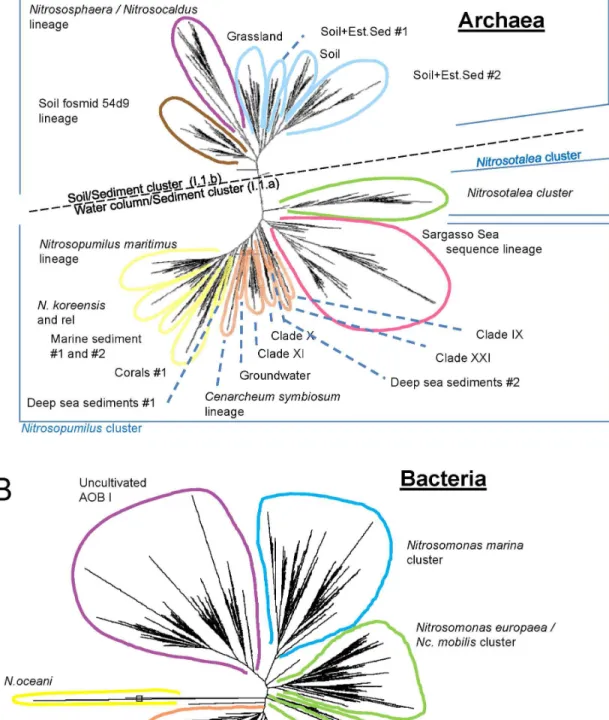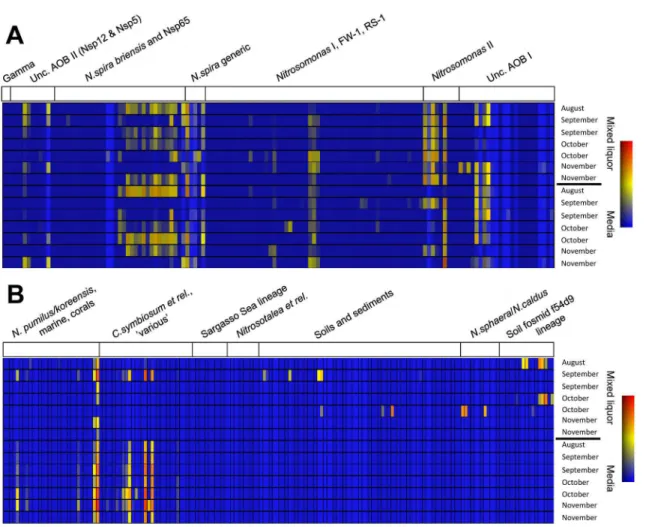Application of a novel functional gene microarray to probe the functional ecology of ammonia oxidation in nitrifying activated sludge.
Texto
Imagem



Documentos relacionados
The ammonia monooxygenase structural gene amoA as a functional marker: molecular fine-scale analysis of natural ammonia-oxidizing populations. Ammonia- and
With reference to the Modified Ludzck Ettinger (MLE) process (pre-denitrification and nitrification in the activated sludge process), the most common nitrogen removal process
The objective of this work was to the identify and quantify the organic acids composition in the rhizosphere of four plant species grown in sewage sludge-treated media and to
The reduction of 70.8% in the specific oxygen uptake rate, between the equalised and treated effluents, indicated the efficiency of the activated sludge in reducing
A study was conducted on the reuse of the water in a system composed of a sewage treatment plant (STP) using prolonged aeration with activated sludge and a
Adsorption studies with raw and biologically treated (activated sludge) textile effluent samples showed that the best conditions for color and COD removal were obtained at
The system was inoculated with aerobic activated sludge collected from a wastewater treatment plant and, after 30 days of operation, the first granules observed had an
The use of wastewater sludge with a nitrifying characteristic slowly acclimated to the leachate proved to be effective, because SBR2 reactor inoculum pro- duced a sludge with